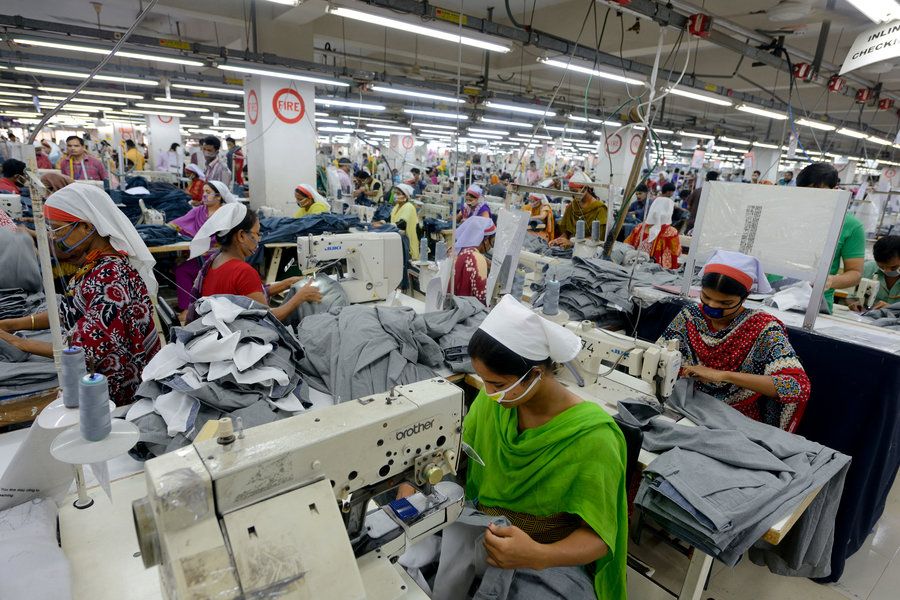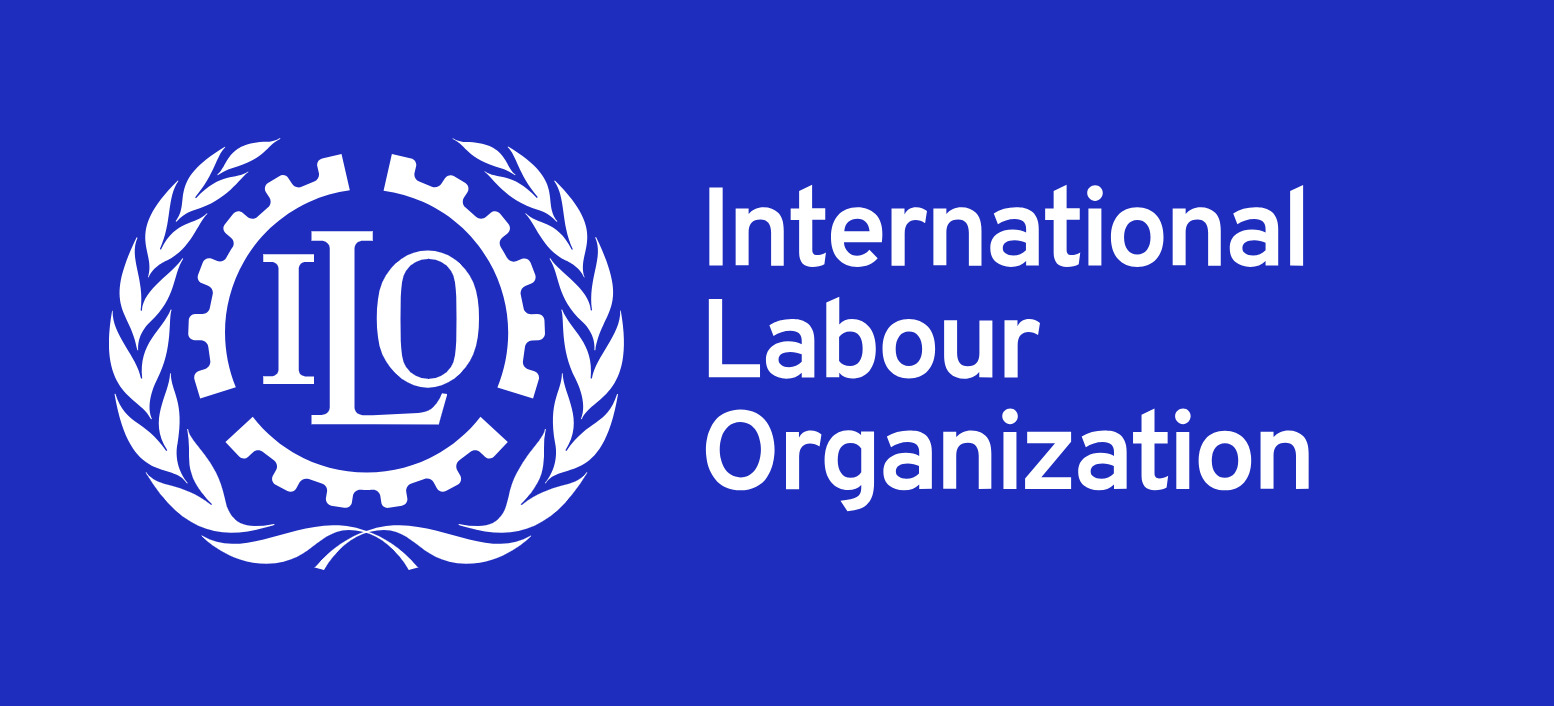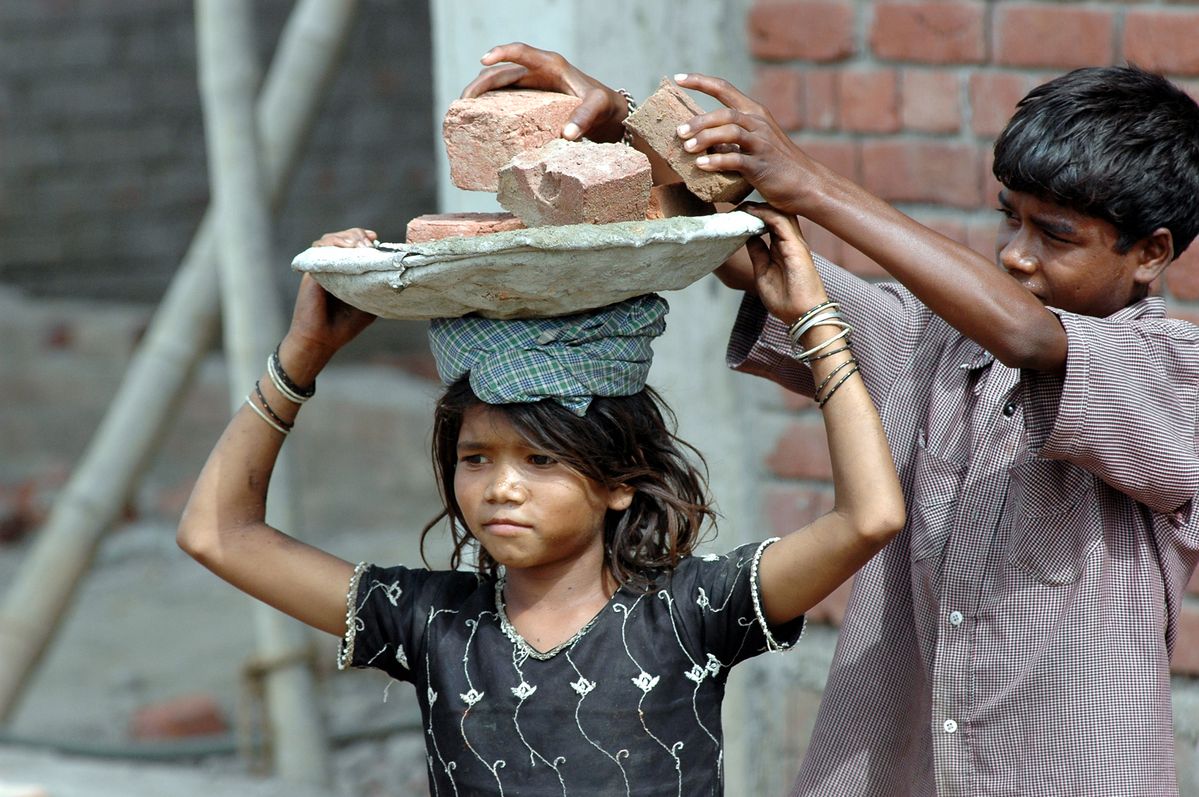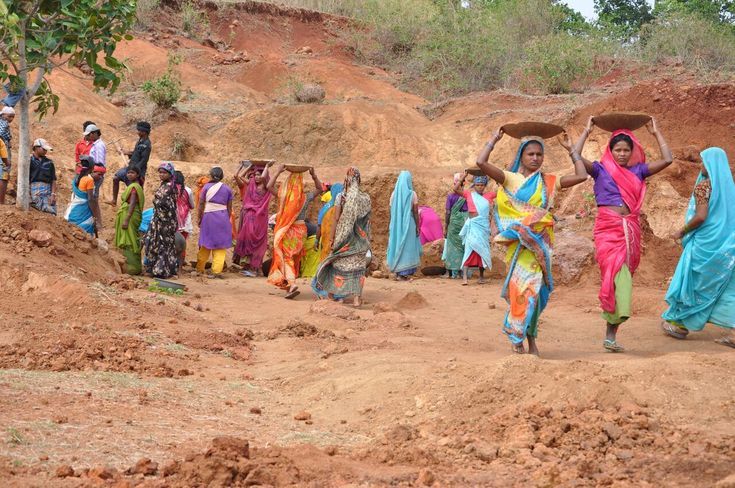Economic Globalization and Women: Issues and Concerns- Part Two (1991-2025)

In the second part of Economic Globalisation and Women: Issues and Concerns, Vibhuti Patel examines how liberalisation has deepened casualisation, widened inequality, and normalised exploitation in the informal economy. She highlights the feminisation of poverty, the rise of girl child labour, and exploitative models like Tamil Nadu’s Sumangali scheme. Patel shows how globalisation has eroded welfare systems and intensified social conflict while creating islands of privilege amid widespread deprivation. Yet, she also points to the growing resistance led by trade unions, women’s groups, and grassroots movements demanding fair labour standards, recognition of informal work, and gender-responsive social protection.
Labour Standards
The labour Standards as set by the ILO under the impact of economic globalisation have been violated, resulting in erosion of workers’ rights and the collective bargaining process due to informalisation, casualisation and marginalisation of the working class as a result of economic liberalisation policies adopted by the nation-states in the region. Trade union workers from all Asian countries have expressed their anxiety about countries competing with each other to cut costs by compromising labour standards. In the name of labour flexibility, exploitation of the workers is enhanced, and feminisation of poverty has been accentuated. The workers’ organisations are demanding uniform labour standards for all countries that are part of the World Trade Organisation so that the nation-states stop competing to cut costs by violating workers' rights.
Co-existence of high wage islands in the sea of pauperised working class has enhanced human misery and social conflict in the context of massive reduction in the welfare budgets of the nation-states in South Asia and South East Asia. Massive urban unemployment and rural underemployment, and disguised unemployment have resulted in social tensions in terms of ethnic and religious chauvinism in several Asian countries. Women pay the heaviest price due to communal and ethnic conflicts. Incidents of economic crimes have risen drastically. With rising ethnic and communal tension jeopardising economic activities, the visible and invisible activities of the underground extra-legal economy is displaying a tendency to expand. Immigrant workers face job discrimination in the pre-entry phase & wage discrimination in the post-entry phase. They remain the first to be fired and the last to be hired. They are the major victims of the casualisation of the labour force. Dualistic Models in urban India promote differentiation based on language, caste, religion, ethnic background and exclusion from informal networks for upward economic mobility. The majority of the toiling poor rot in the external sector, in which real wages change at disparate rates. In this context, only institutions like extended family, caste and village nexus play an important role in providing safety nets to migrant workers.

Girl Child Labour and Globalisation
Nearly 10 % of girls were never enrolled in schools due to paid and unpaid work they had to do in homes, fields, factories, plantations and in the informal sector. Sexual abuse at the workplace is a hidden burden that a girl worker endures. The child labour policies, however, do not spell out anything specific to girl child workers. There is no implementation of the prohibition of girls working in the hazardous industries. Parents often take the help of children to supplement their own earnings, and this is a major reason for the widespread prevalence of child labour in the unorganised sector. Living in abject poverty, most girl child workers in the unorganised sector barely manage a subsistence existence. There is no question of saving, particularly for times when they are unable to work. Hazardous work conditions often cause accidents, loss of limbs, etc. Such disability is disastrous because there are no other sources of income for these households.
Nearly 1/3 of Indian women and 1/6 of Indian girls are a part of the labour force. In the low productivity segments of the economy, the choices before the girls have been child-marriage, child prostitution or child-labour (CM, CP, and CL). Grooming of girls in different parts of the country determines whether they would be part of the SS side of the CM, CP or CL or grow as empowered women. Studies on this process from the political economy perspective are a handful, but they throw light on the areas of active intervention by the state, civil society and the social movements. National Campaign against Child Labour has carved out a phase-wise programme of rehabilitation of child labour and integrating them into the formal/ non-formal educational institutions. Homes for street-children have been established in cities like Delhi, Bangalore, Bombay, Ahmedabad, and Calcutta. Public interest litigations against inhuman conditions in the rescue homes, by social organisations, have forced the iron wall of secrecy to fall. Employers with a modern outlook have realised that without a healthy and educated\skilled labour force, they can’t attain high productivity. But, in spite of this awareness, the condition of girl child labour is deplorable. In the match industry in Shivkashi, out of 45000 children, 90 % were girls. The highest numbers of girl-children are sold either as child-brides or as bonded labourers or as child-sex workers in the drought-prone areas. Brutalisation of girl-victims of CM-CP-CL is more pronounced because their male counterparts have to face control of their labour and sexuality, while girl children have to bear multiple burdens of control of sexuality, fertility and labour and consequences of teenage pregnancy are faced by girls alone.
Due to globalisation, the work participation of women and young unmarried girls as the cheapest labour has increased drastically in the industrial sector. Recruitment of women in the electronics, garment, diamond, gems and jewellery, dairy, food processing, horticulture and floriculture sectors has multiplied. Availability of home-based work for women has opened more avenues for women of all class backgrounds to use their abilities, skills and education more productively. Home-based work ensures flexitime, a secure environment and freedom from travelling to a mass of women with domestic responsibilities such as child-care, nursing of the old, sick and disabled members of the family. At the same time, home-based workers are exploited by the agents who control the supply of materials and distribution of the finished products.

Tamiladu’s Sumangali scheme, Tirpur model of production for the global market, has used a dormitory labour system in which young unmarried women are made to sign a contract for 3 years to work at SEZ at less than minimum wages and stay at the dormitories provided by the employer. Government of Haryana promoted a similar scheme named “Sabala’ where adolescent girls are inducted into the manufacturing sector as cheap and easily controllable labour. To meet the production targets, employers intensify production, violating labour standards and occupational health and safety measures.
Work Conditions of Women in the Informal Sector
The law of the jungle prevails in the informal sector market, in which 94 % of women workers work. This sector is marked by the lowest wages, uncertainty of work, seasonal variations, interpersonal and state violence and backbreaking work, occupational hazards. Double standard of sexual morality coupled with utter helplessness of women makes them more vulnerable in the informal sector market and forces them to seek an illusionary protection from men. A culture of sex-segregation and limited access to familial and societal resources forces them to remain in female ghettos. Most of the political parties have neglected this sector. The state apparatus has brutalised and criminalised this sector. Only the social movements sphere headed by non-party political formations has done a careful examination of their problems with a participatory action research perspective. Their advocacy on the plight of women workers and girl-child labour has helped build public opinion in favour of social justice. Large NGOs (Non-government Organisations) of women, such as Self-Employed Women’s Association (SEVA- Ahmedabad), Annapurna (Bombay), Working Women’s Forum (Madras) and Sakti (Bangalore) have been able to provide employment generation activities in a subsistence sector, micro-credit facilities and a defence mechanism to combat day-to-day harassment from petty officials and the local bullies.
Women artisans’ cooperatives networking under the umbrella of DASTKAR have ensured that craftswomen in the subsistence sector to pursue their traditional art and crafts without harassment and control of the local and city-based male agents. Women artisans involved in family-based work of production of leather goods, pottery, handicrafts, handloom, bamboo products, woodwork, ready-made food items, dairy products, livestock-raising, and floriculture find themselves increasingly vulnerable because men have total control over the cash nexus in the context of the erosion of kinship-based support networks. To some extent, the women’s organisations tried to fill in the gap in an ad hoc manner. For long-term and sustained support to the artisan class, proper networking between the dependent sector and the mainstream market is needed. There is a need for special focus on the deplorable condition of women-headed households, as contract workers who are controlled by men of the community.
Handloom and Khadi units have enjoyed the patronage of the state since independence. The pattern of power relations in this sector is not different from the rest of the unorganised sector, where the caste-based kinship networks play a predominant role to maintain the status quo. Report on Socio-economic Conditions of Women Workers in Selected Handloom and Khadi Units in Gujarat, 1994 reveals that 25% of them were unmarried\ widowed\ divorced\ or separated. 58% of them were illiterate. As compared with the Handloom industry, the Khadi industry provided more opportunities for home-based work for women. In the handloom units, the majority of women weavers were from S.C., while in the cooperative sector, only 39% of women weavers were from S.C. Unlike in the North-East, tribal women of Gujarat don’t do weaving in the handloom units. The pattern of women’s employment is not different in the Khadi Industry of Gujarat. Predominantly, SC women are employed as weavers, but women from all communities are employed as spinners, weavers and pooni-makers. None of the evaluation reports on KVIC and the handloom industry has made a systematic critique of the highly labour-intensive, low-productivity and low-income model of women’s development, which is averse to science and technology (S & T) and Research and Development (R & D). This economic model can be termed a Development model for the helpless lot. Abolition of license-permit raj, multilateral trade agreements, a management cadre with a modern outlook and a pool of scientifically and technologically advanced human resources can help the process of humanisation of KVIC and other occupations in the informal sector. There is no recognition of the fact that women’s involvement (as owner cultivators, agricultural workers and unpaid family workers who augment resources of the household by collection of fuel, fodder and water and looking after the livestock, poultry and kitchen-garden) in the economic activities of the agrarian sector is the highest.

Women constituted 15% of the workforce in the public and private sector establishments. 1/8th of the workforce in the public sector and 1/5th of the workforce in the private sector are composed of women, the majority of whom happen to be in the lowest rung of the hierarchy. More and more women are joining public and private sectors as accountants, computer operators, administrators and public relations persons. Only 6% of the women workforce in these sectors is part of the organised sector workforce, i.e. only 6 women employees out of 100, in the public and private sector enjoy the benefits of the labour laws. The rest are casual/ contract workers who face insecurity of job. In a highly segmented private and public sector labour market, women with connections, recommendations or qualifications can only manage to enter, as in these sectors women are expected to handle equipment /property of the establishments. In other words, these are employers’ markets. One or two women with efficiency+ and with readiness to work in the midst of extremely adverse circumstances manage to acquire top positions in these sectors.
Gender and Internal Migration
Globalisation-induced volatility in the labour market had its extreme and devastating impact during the coronavirus-induced nationwide lockdown. After the partition, for the first time, India experienced a massive scale of exodus of people under tremendous human miseries for poor-hungry-totally helpless migrant workers due to the nationwide lockdown during 2020-21. The major discourse on ‘migration’ revolves around male migrants; women are seen as migrant men’s wives, daughters, mothers or aunts. Migrant women’s economic contribution and their intersectional vulnerabilities remain unrecognised in the official discourse that impacts polices, programmes, schemes and legal status as workers. In the post-pandemic period, Government efforts were expected to be geared to recognise the problem of very low work participation of women and provide necessary relief to the migrant women from poverty groups in the informal sector. The most important lesson of the health disaster triggered by the pandemic is that both state and non-state actors need to join hands to not only highlight these gender concerns, but also adopt gender transformative and evidence-based public polices, programmes and projects in both public and private sectors of the Indian economy.
Economic globalisation has facilitated the movement of capital beyond national boundaries for the super profit of the TNCs and MNCs, but has unleashed barbaric forms of attacks on migrant workers, which are termed ‘modern forms of slavery’. Proportion of bonded labour, child labour, domestic servitude, sex trafficking, forced marriages, forced labour- these six most common types of modern-day slavery have escalated exponentially in the global labour market, and the ILO labour standards on wages, work conditions, occupational safety and welfare are completely violated.
Need for Social Protection and Affirmative Action
Women’s organisations such as Stree Mukti Sangathana (Mumbai), Self-Employed Women’s Organisation (SEVA), Annapurna (Maharashtra) and All India Democratic Women’s Organisation are emphasising that social protection for informal sector women workers is a need of an hour. All India Pension Parishad has demanded a provision of old age security, such as a pension, and has organised several public hearings in different parts of India to build public opinion in favour of an old age pension for informal sector workers jointly shared by state and central government. Health insurance is demanded by People’s Health Assembly, Medico Friends Circle, CEHAT (Mumbai), SAATI (Pune); as the lack of savings and support systems for informal sector workers also mean that there is no fall-back in other emergencies, especially major illnesses or the death of an earning member in the family. The rising costs of private healthcare and the systematic dismantling of the public health system in these times of liberalisation are a major reason for the huge indebtedness of households in the unorganised sector. There is a pressing need to provide insurance, especially health insurance cover to the workers.
Nirman, an organisation of new migrants in the cities, has demanded a new approach towards recruitment, where on-the-job training for skill upgradation is provided to them in a conducive manner for human resource development. Domestic work and waste management are the only areas where deskilling and cabbagification of the workforce is the highest because the domestic worker loses her verbal skills, traditional skills of their occupation and at the same time, does not gain any new skills for upward mobility. These activities don’t require any investment for human resource development. Moreover, due to its lowest opportunity cost in the economy, the labour concentration camp approach is used by employers to control the workers. It is the most feudal sector of the economy that needs wage-labour-contract relations aided by development inputs of education, skill development, assertiveness training, protective legislation and government initiative. Women’s rights organisations have also demanded effective implementation of the Protection of Women from Sexual Harassment at Workplace Act, 2013. The National Renewal Fund must be extended to cover the unorganised sector, and a substantial part should go into the retraining of workers. Human rights organisations have demanded that crèches must be provided for children of all workers and not merely women workers, irrespective of the number of employees. There could be a common fund for each industry. Labour economists have highlighted time and again that implementation of the Unorganised Sector Social Security Act (2008) is the most crucial step for ensuring basic human rights of informal sector workers and for humanising employment relations for women workers.
